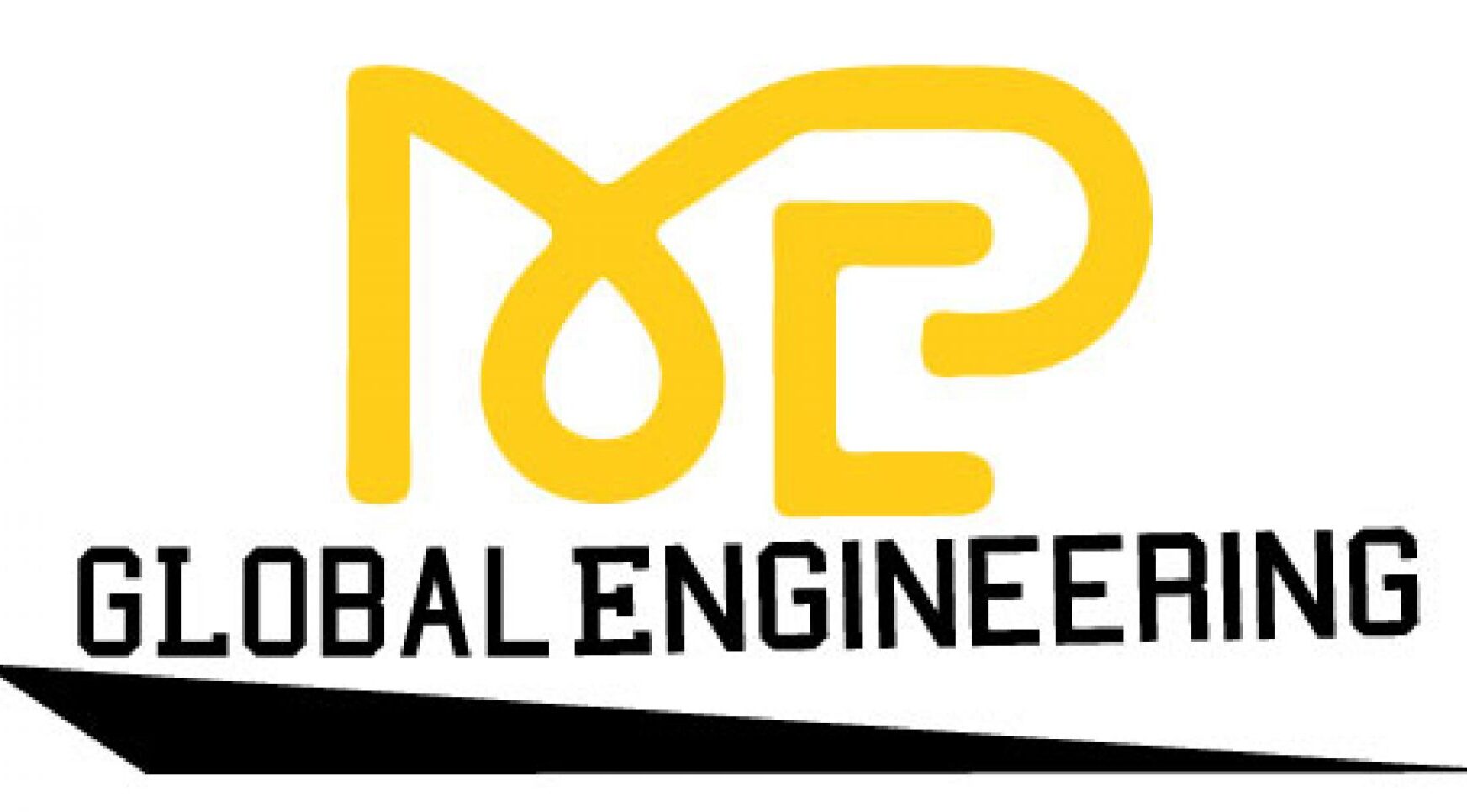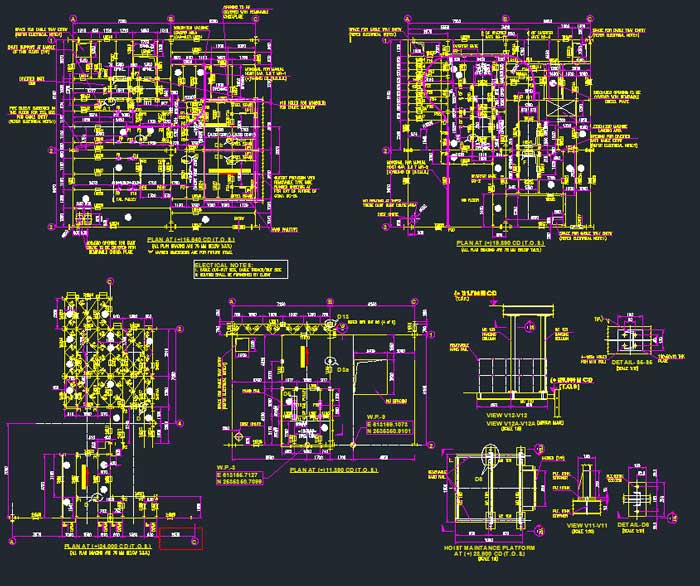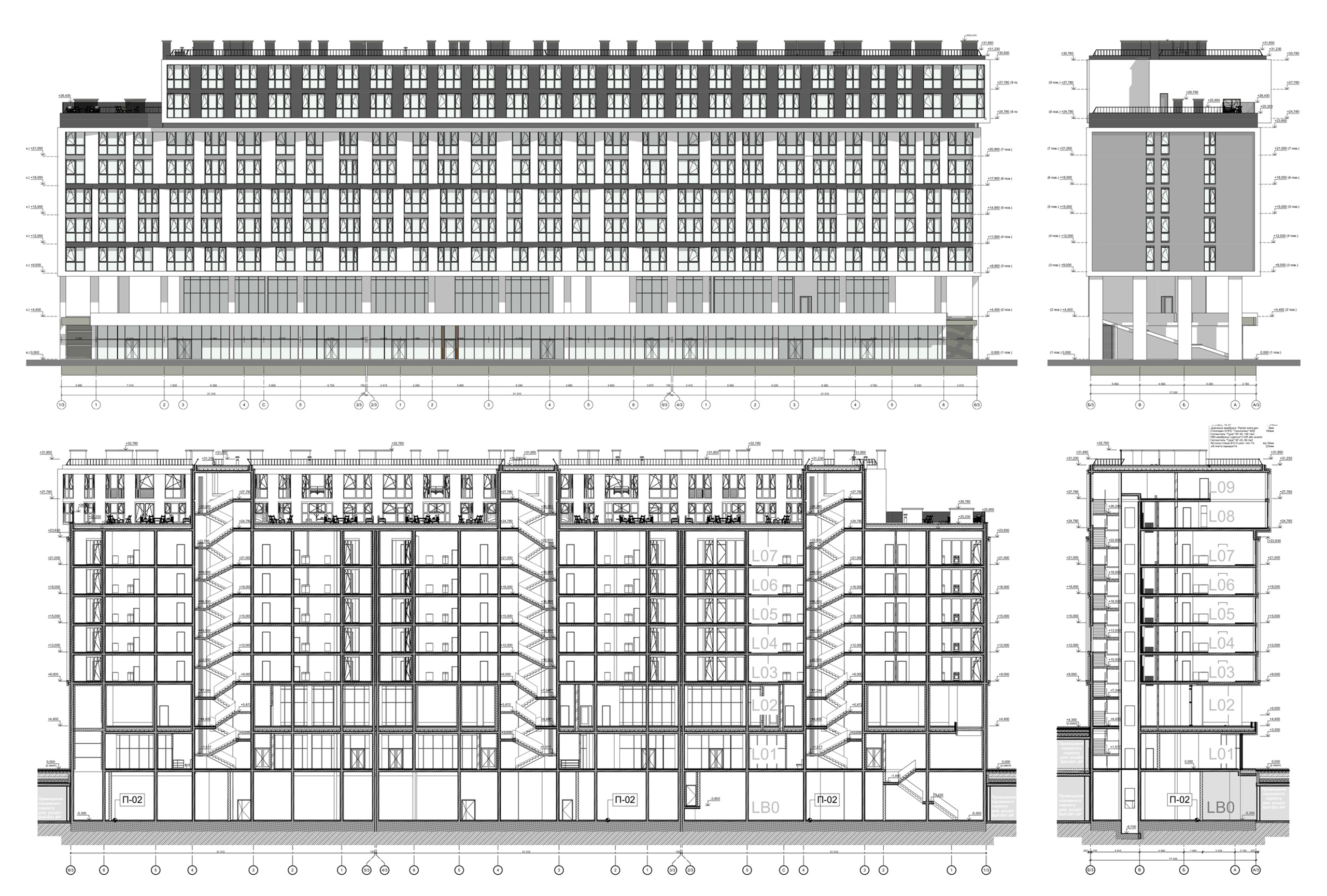Improve MEP Coordination Using BIM Methodology
The Power of BIM Methodology in Streamlining MEP Processes
Improving MEP (Mechanical, Electrical, and Plumbing) coordination in modular construction using Building Information Modeling (BIM) methodology can significantly enhance the efficiency, accuracy, and overall success of construction projects. BIM goes beyond traditional design tools by incorporating multidimensional elements that facilitate a comprehensive understanding and management of construction projects at various stages. By employing BIM, project teams can visualize the intricate details of MEP systems in a virtual environment before actual construction begins. This preemptive analysis allows for precise detection and resolution of potential conflicts, reducing costly on-site modifications and delays.
BIM enhances collaboration among stakeholders by providing a shared platform for real-time updates and information exchange. This fosters improved communication, ensuring that all parties are aligned with the project goals from the outset. Additionally, through detailed simulations and analyses offered by BIM tools, teams can optimize energy consumption and resource allocation within modular units. This not only contributes to sustainable building practices but also results in long-term cost savings for developers. Ultimately, integrating BIM into modular construction projects streamlines workflows and elevates the quality of outcomes, making it an indispensable tool in modern construction practices.
Modular construction involves transporting and assembling factory-built building modules on-site. These projects typically include many rooms with a controlled environment and substantial mechanical, electrical, and plumbing (MEP) system components. MEP system coordination and fabrication are often complex. BIM software can help overcome these challenges by specifying component positions in tight spaces and adhering to design and operational constraints. By leveraging BIM software, project teams can significantly enhance the precision and efficiency of modular construction. This technology allows for detailed visualization and simulation of how MEP systems will fit within the modules, ensuring that every component is accurately placed without conflicts.
BIM facilitates better communication among stakeholders by providing a shared digital model that everyone can access and collaborate on in real-time. The use of BIM also reduces waste and speeds up the construction process by identifying potential issues before they arise on-site, thus minimizing costly delays and rework. Additionally, it enables more accurate cost estimation and resource allocation, which leads to more predictable project outcomes. Overall, integrating BIM into modular construction not only improves coordination but also enhances overall project quality and sustainability. By adopting this innovative approach, you ensure that your projects are not only built faster but are also more reliable and environmentally friendly—making a compelling case for embracing BIM in all future modular endeavors.
Here’s how adopting BIM methodology can transform MEP coordination:
Adoption of BIM Methodology for MEP Coordination
BIM methodology integrates various aspects of the design and construction process, ensuring that all components are well-coordinated, reducing clashes, and optimizing the installation of MEP systems in modular construction. This integrated approach promotes a clear, detailed visualization of the project, allowing stakeholders to make informed decisions quickly and effectively.
3-D (Design Modeling)
The third dimension (3-D) in BIM focuses on the physical representation of the space. This includes detailed modeling of MEP components within the prefabricated modules. 3-D BIM helps in identifying and resolving spatial conflicts before modules are fabricated, ensuring that MEP systems fit perfectly within the designed spaces without onsite adjustments or rework.
4-D (Scheduling Information)
Incorporating time as the fourth dimension (4-D), BIM allows for meticulous scheduling and sequencing of operations. This is crucial in modular construction where different modules with pre-installed MEP systems are assembled on site. 4-D BIM enables the synchronization of fabrication and delivery of modules, ensuring that the assembly process is smooth, and timelines are strictly adhered to.
5-D (Cost Management)
The fifth dimension (5-D) integrates cost data into BIM, allowing for real-time cost analysis and budget tracking throughout the project lifecycle. In MEP coordination, 5-D BIM helps in predicting the financial impact of design decisions or changes, ensuring cost-effectiveness and helping to maintain budget control in modular construction projects.
6-D (Life-Cycle Analysis)
6-D BIM extends the utility of the model post-construction, focusing on the sustainability and operational maintenance of the building. For MEP systems, this means using BIM to facilitate efficient energy management, predictive maintenance, and lifecycle costing, contributing to the sustainability of modular constructions.
Technologies to Enhance BIM MEP Coordination
– Clash Detection Software: Tools like Autodesk Revit and Navisworks manage complex data inputs and identify potential clashes between MEP systems and other building components before construction begins.
– Laser Scanning: Captures accurate real-time data of a construction site or a module, which can be used to adjust BIM models in response to any onsite changes or discrepancies.
– Mobile BIM Solutions: Allows for real-time access to BIM models on the construction site, helping teams to verify designs and make informed decisions on the go.
– Integrated Project Delivery (IPD): Facilitates collaboration among all stakeholders through shared risk and reward, common goals, and mutual respect, all coordinated via BIM to achieve optimal results in MEP installations.
Conclusion
By adopting BIM methodology in MEP coordination for modular construction, the industry can achieve higher precision, efficiency, and alignment between various project elements. The multidimensional capabilities of BIM not only streamline the design and construction processes but also pave the way for ongoing operational optimization, making it a crucial tool in modern construction management. This holistic approach ensures that modular construction projects are delivered on time, within budget, and to the highest quality standards, maximizing both performance and sustainability.



